Andaman’s religion has been shaped up over centuries as a result of the indigenous mix of people and also because of the outsiders who infiltrated the local culture and settled in the long-term bringing along with them a diverse amalgamation of language, beliefs, traditions, rituals, festivities and system of faith.
Suggested Read: Trekking in Andaman and Top restaurants in Andaman
You can also check our Andaman Tour Packages
Religious Composition of Andaman
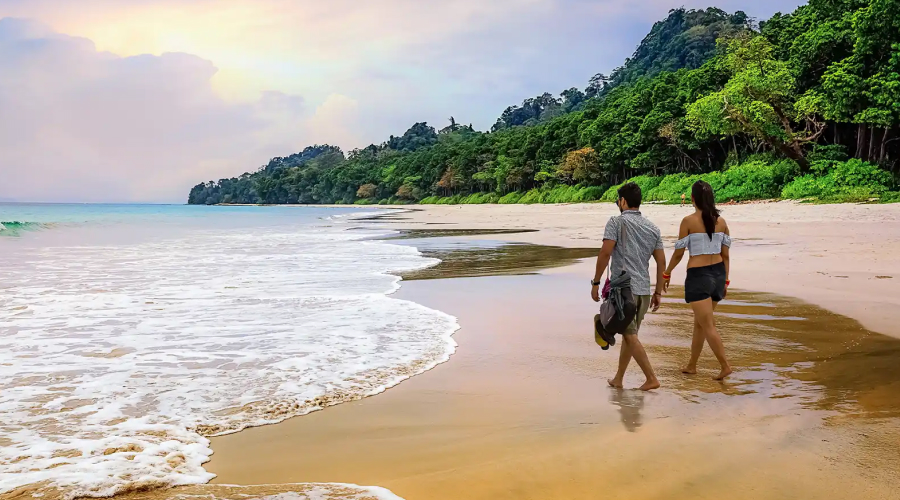
Though the majority of people of the Andaman and Nicobar Islands are Hindus, accounting to about 69.45%, Christians constitute a large minority summing up to about 21.7% of the population. This was the finding of the 2011 census of India. A significant Muslim population also forms a certain percentage of the minority that comes to around 8.51%. Hindus constituted more than two-thirds of the total population of the Andaman Islands whereas Christians composed about one-fifth of the population and Muslims among minorities were to be found in less than one-tenth of the total population. Many Nicobarese have embraced Christianity. There are other communities who practice local religions or have embraced Hinduism, which is the most prevalent religion around the region.
The Andaman and Nicobar Islands are located in the Bay of Bengal. This group of islands is home to various indigenous communities. Each of these communities have its unique cultural practices and belief systems. The indigenous peoples of the Andaman and Nicobar Islands include the Great Andamanese, Onge, Jarawa, Nicobarese and Sentinelese, among others. These communities have diverse cultural and religious traditions.
How Region Evolved in Andaman
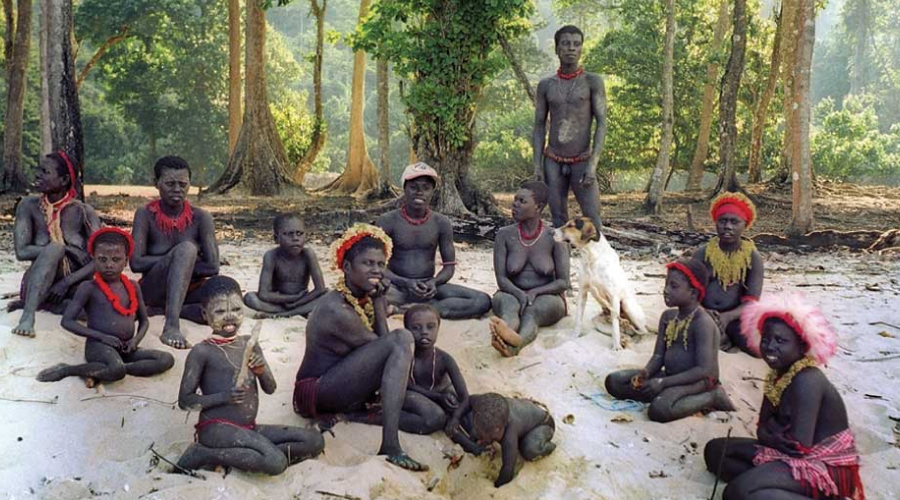
Andaman archipelago was located on the trade routes that connected India to east Asia in historical times. Thus the Andaman and Nicobar island groups were known from the earliest of times. Among the historical references that we find of Andaman in various olden writings and documentation are by the seventh-century Chinese Buddhist monk I-Ching, also by the Arab travellers of the ninth century, and by the great travellers Marco Polo who lived in c. 1254–1324. The name Andaman is said to have come from the name of the monkey god of Hindu mythology, Lord Hanuman. Whereas the name Nicobar probably descends from the Tamil word nakkavaram which when literally translated means “land of the naked”. This was probably on the basis of the indigenous ancient tribes who inhabited and dominated the island since ages.
The British people first reached the Andaman Islands and did a detailed survey in 1789 with the intention of making it a base for establishing a penal colony for the offenders hailing from British India. A colony was established in 1790 but was abandoned a few years later due to difficulty in managing as the islands were quite remote. During the mid-19th century, again the idea of colonization and setting up a penal colony came up on the basis of British concern regarding native attacks on shipwrecked crews and the need for a penal settlement after the Indian Mutiny that rose and continued during 1857–58. The British returned to the Andamans and founded a new penal colony, which is the current Port Blair. During these times, the Danish had control over the Nicobar Islands and thereupon the ownership kept on changing hands since the seventeenth century between the superior power of France, Denmark, Austria and Great Britain, till finally the British had these lands fully under their control in 1868. The population thus evolved into a mix of convicts from the mainland, numerous refugees from East Pakistan, Japanese influences from 1942 to 1945 during World War II along with the native inhabitants and the powerful and long-term British influence. Hundreds of political prisoners also were deported to this island and their beliefs and customs also had an impact.
Great Andamanese Religious Beliefs
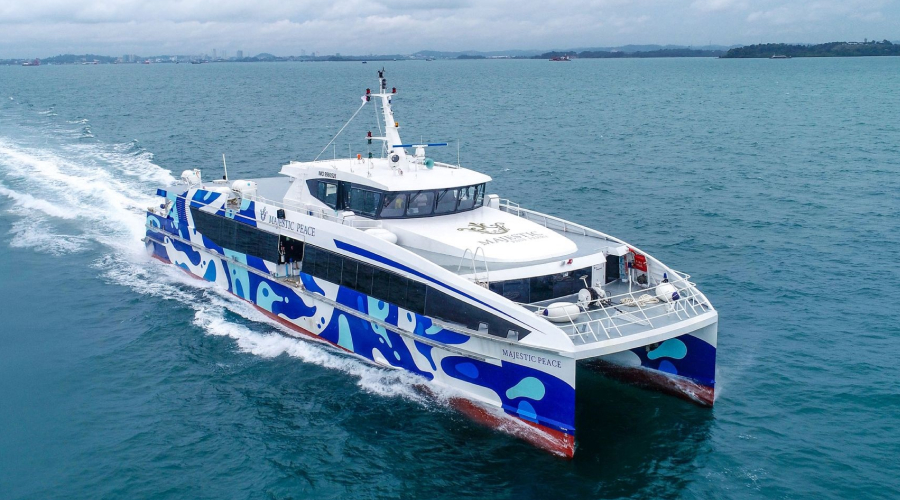
The Great Andamanese are one of the predominant indigenous groups in the Andaman Islands. In the modern days, however, their numbers have significantly declined. Many of their distinct languages have become almost extinct. Their traditional beliefs often involve animism and have a deep connection with the natural world. Spirits associated with animals, trees and natural elements are considered significant.
They have historically inhabited the Andaman Islands in the Bay of Bengal, and which is a part of the present-day India. The Great Andamanese people had a distinctive culture, language and religious beliefs. Due to colonization, diseases and various other factors, their population declined significantly, and thus their traditional way of life has been largely lost in time.
It’s important to note that the information about the Great Andamanese religion has always been limited and is often based on the accounts of early European explorers and anthropologists. The religious beliefs of the Great Andamanese are known to be animistic, which actually means that they believed in the presence of spirits or supernatural forces in nature. Many indigenous cultures around the world have been known to hold similar animistic beliefs, perceiving a spiritual essence in elements such as trees, animals, rocks and natural phenomena.
The Great Andamanese people practiced ancestor worship. Their culture preaches their community to honour their ancestors and believe in the presence of ancestral spirits. Rituals and ceremonies may be conducted to communicate with and seek the guidance of these spirits. They also have been known to have great connection with nature. Animistic belief systems often involve a deep connection with the natural world. Spirits may be associated with specific animals, plants or geographic features, and rituals could be performed to maintain harmony with nature.
They most probably practiced shamanism. Shamans, or spiritual leaders, may have played a crucial role in the religious practices of the Great Andamanese. Shamans are often believed to have the ability to communicate with the world of the spirits and they are also known to perform rituals for the sake of healing, protection or towards other goals for betterment of the community.
Onge Influence
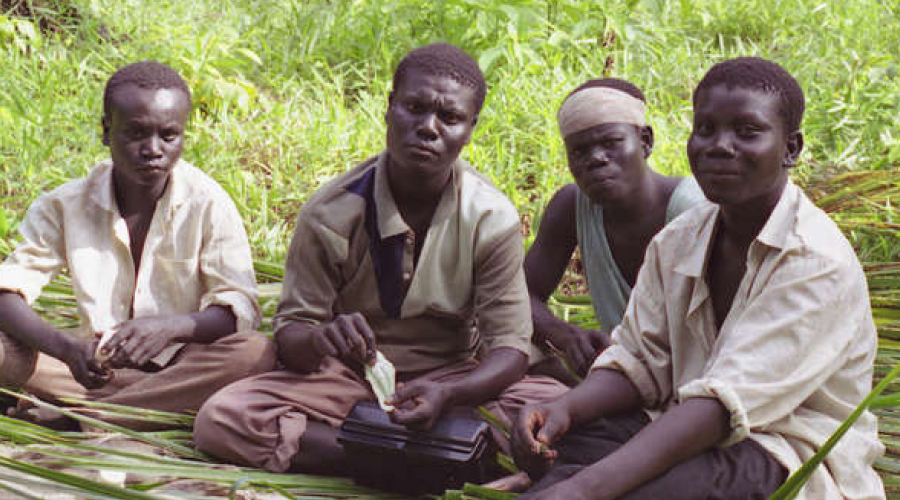
The Onge people traditionally practiced animism and believed in spirits associated with natural elements, animals and ancestors. Onge people are also known to practice rituals and ceremonies that were conducted to appease spirits for the purpose of seeking their protection and blessings. Rituals and ceremonies would have been an integral part of Onge religious life, marking important events such as births, deaths, and seasonal changes. These ceremonies were likely conducted to maintain balance and seek spiritual support. They traditionally carried the legacy of having a close relationship with nature. Their spiritual practices are believed to have involved rituals to ensure a harmonious coexistence with the environment, including practices related to hunting, gathering and fishing. Ancestor worship played a considerable role in Onge religious practices.
The Onge might have honoured and communicated with the spirits of their ancestors, seeking guidance, protection and blessings through rituals and ceremonies. Similar to many other indigenous cultures, the Onge traditionally held animistic beliefs. They attribute spiritual significance to various elements of the natural world. Spirits were believed to inhabit not only living beings but also natural elements that we generally consider inanimate such as rocks, trees and bodies of water. Shamans, or spiritual leaders, are common figures in animistic societies and thus may have played a significant role in Onge culture too. Shamans are held to be able to communicate with the world of spirits, diagnose and heal illnesses and perform rituals for the well-being of the community.
Jarawa Customs, Beliefs and Rituals
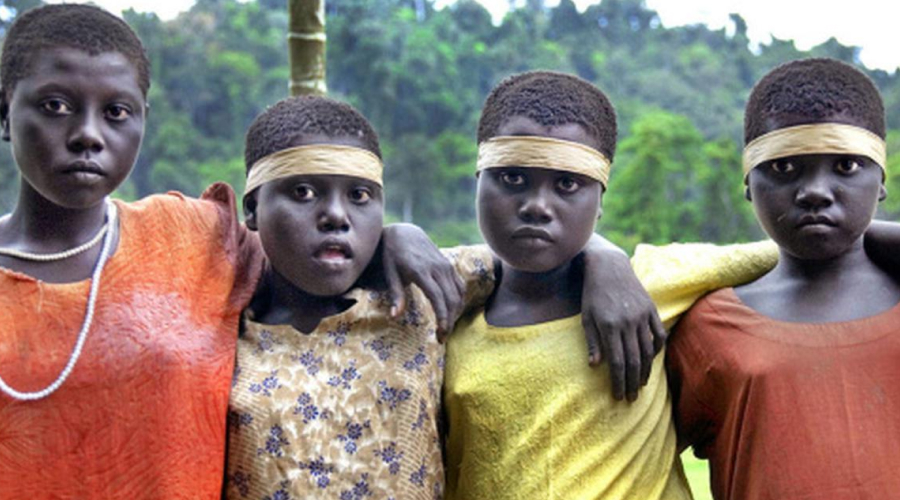
The Jarawa people are known for their limited contact with the outside world. They have traditional beliefs rooted in animism. Their spiritual practices involve a strong connection with the forest and its resources, as well as a reverence for ancestral spirits. Similar to other indigenous groups in the region, the Jarawa people historically practiced animistic beliefs. The civilized world all across do not have much knowledge or access to information about the specific religious practices of the Jarawa is limited, as they have maintained a relatively isolated and well-guarded existence through centuries, and their practices have not been extensively documented. The approach to their world has always been cautious because the understanding of Jarawa religion needs sensitivity, respect and recognition of their unique life. That is the only way to protect their authenticity. This is the main reason why they have been able to remain connected to their ancestral roots in deeper ways and remain unfazed by the ways of the world towards modernity across centuries. The Jarawa people have faced various challenges, including external influences and encroachment on their traditional lands in spite of all the efforts made by the government and various environmental organizations to protect the rights, individuality and cultural heritage of the Jarawas. The Indian government has consciously and rightfully implemented measures to restrict their contact with the outside world in order to preserve their unique ways of life.
Nicobarese Form of Beliefs
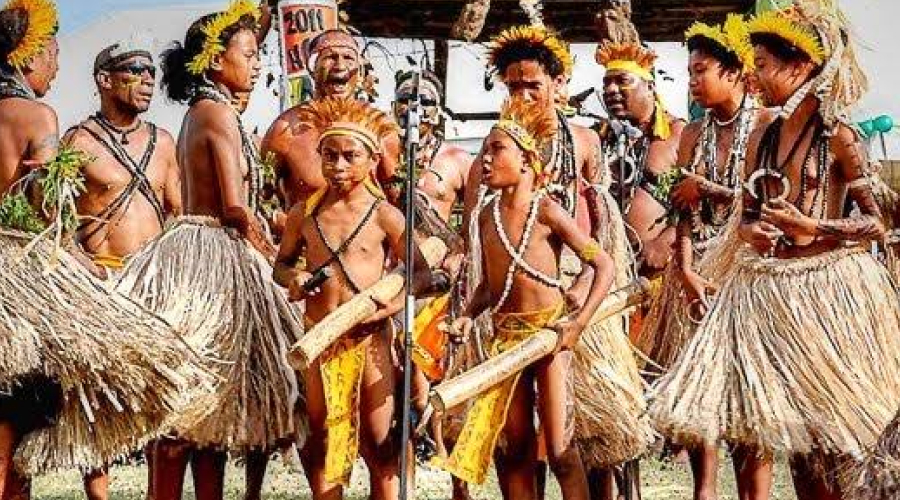
The Nicobarese people who have been residing in the Nicobar Islands practice a mix of animism and Hinduism. They celebrate various festivals, and their rituals often involve worshiping deities associated with nature and the sea. Rituals and ceremonies are an integral part of Nicobarese religious practices. Traditional dances and music form the core of their religious and cultural expressions. These rituals and community celebrations often mark important life transitions, agricultural activities or seasonal changes among the Nicobarese populace.
Nicobarese historically practiced animistic beliefs. Honouring and communicating with the spirits of ancestors often formed an essential aspect of maintaining cultural continuity, seeking guidance from the wiser and ensuring the well-being of the community. Their strong connection to the natural environment led them to be involved in rituals and ceremonies to maintain harmony with nature, promote successful agriculture and address the various challenges faced by the community.
In the modern milieu of things and societal changes happening globally, the traditional practices of the Nicobarese, including their religious beliefs, have undergone changes. Due to external influences, that also includes colonial history and more recent interactions with the outside world, the faiths and beliefs and practices might have undergone some changes. Also, the Nicobarese community is a diverse mix, and so the practices vary among different groups, sections and individuals.
Sentinelese Religious Sentiments
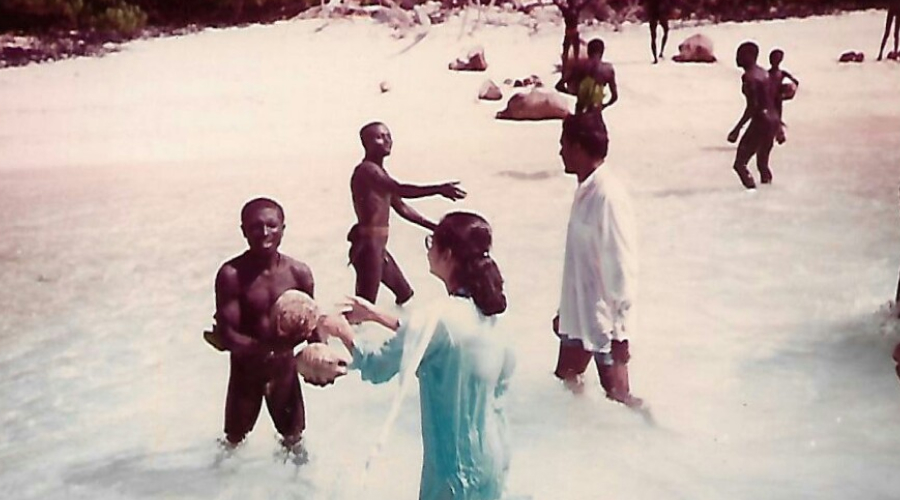
The Sentinelese are one of the few remaining uncontacted tribes. We know very little about their specific religious practices. Their isolation and lack of contact with the outside world have preserved traditional beliefs and customs, but details are scarce due to the limited interactions with researchers and outsiders.
Conclusion
It’s essential to note that information about the religious practices of indigenous communities in the Andaman and Nicobar Islands is often limited and sensitive due to their isolation, cultural uniqueness, and, in some cases, lack of extensive contact with the outside world. Additionally, efforts are made to respect the autonomy and privacy of these communities, and access to certain areas is restricted to protect their cultural heritage and well-being.

